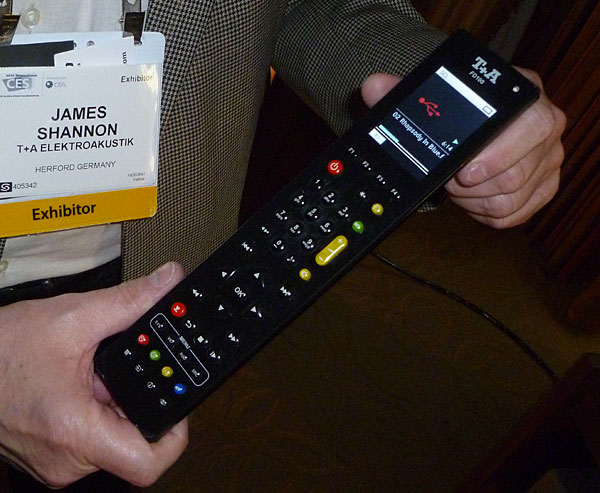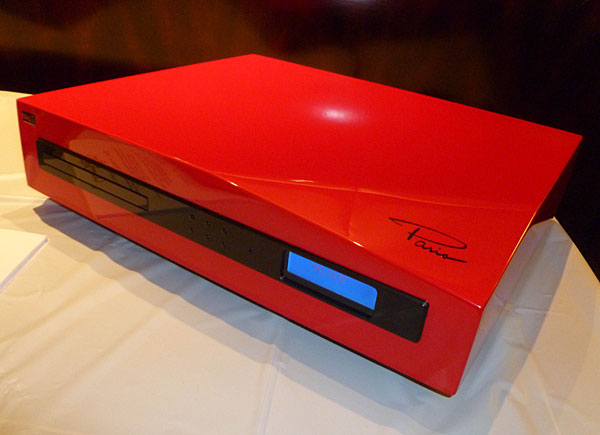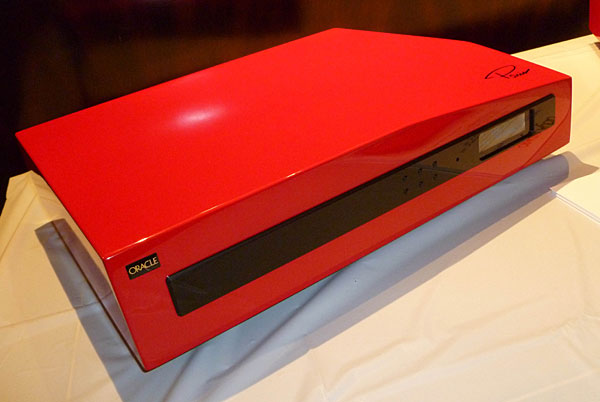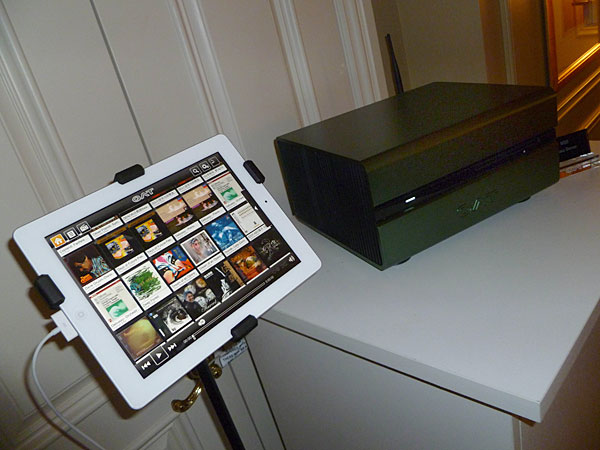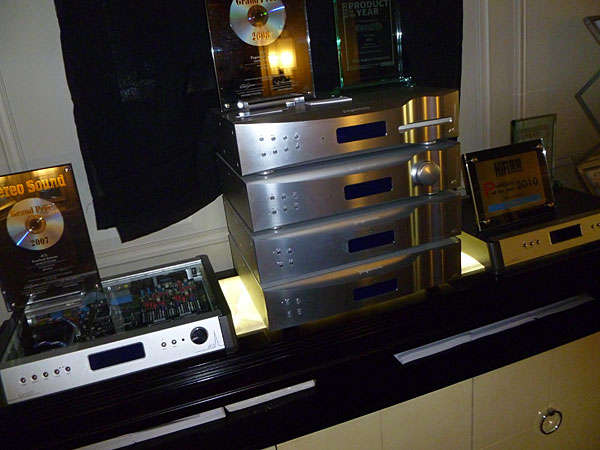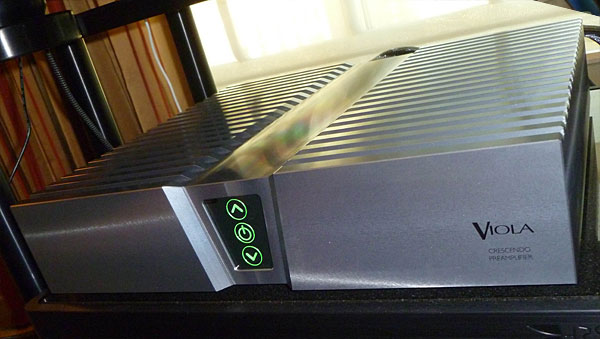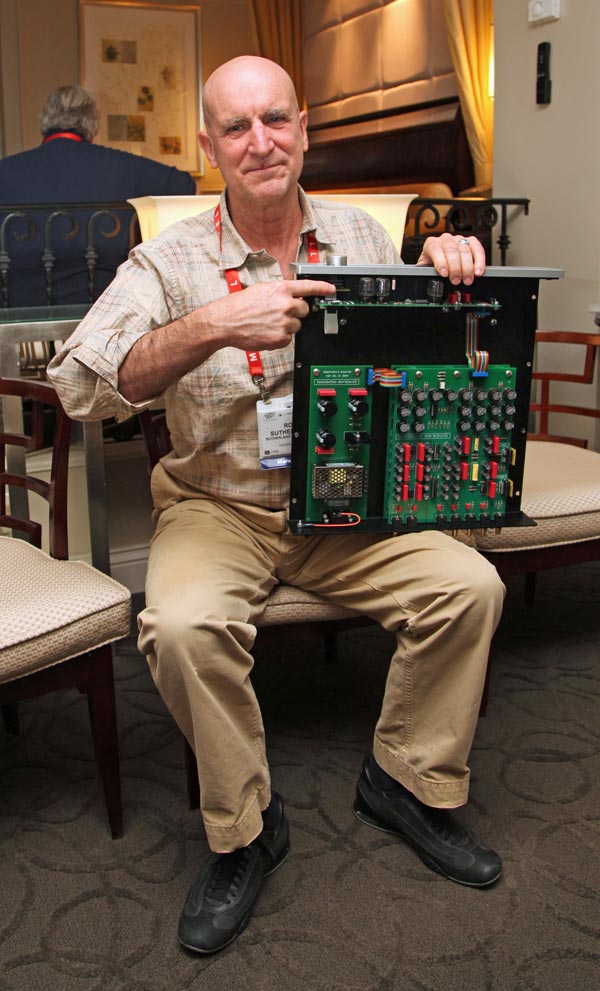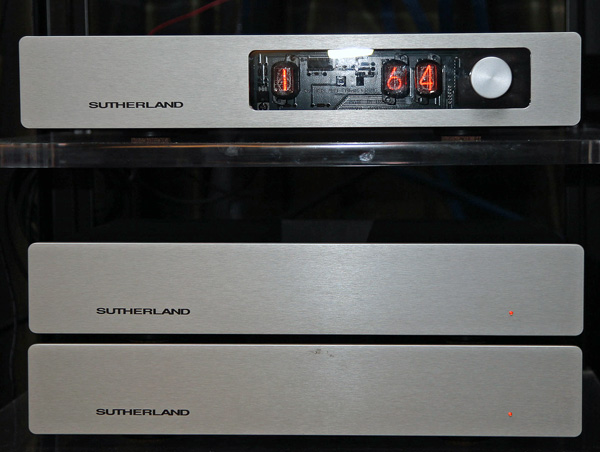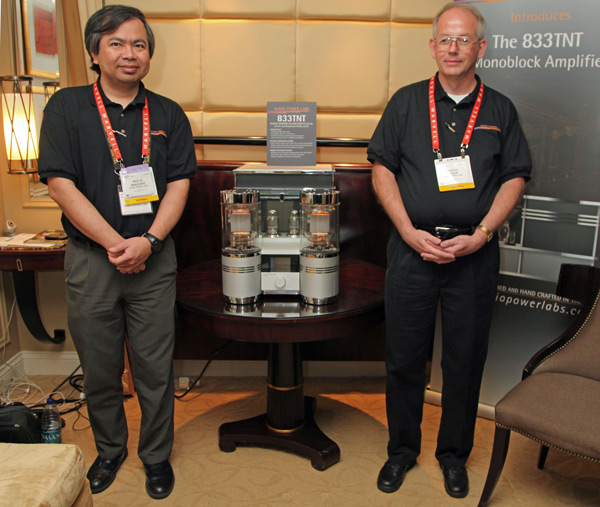LATEST ADDITIONS
Oracle Paris CD Player
The new disc spinner is based on a Philips drive and the same processing as in the Paris DAC and also includes two SPDIF 24/192 inputs. It should be available next month for around $3,500
Oracle Paris DAC
QAT MS5 Music Server
The product and interface looked pretty slick and the company's sales and marketing director, Vital Gbezo, said that QAT is currently looking for US distribution. The MS5 is priced at around $6,000.
dCS USB Updates
dCS also revealed a new web site that it will be developing in the coming months at www.onlythemusic.com. "The idea behind the 'Only The Music' project is that great music playback is a combination of talented people, great music and cutting edge technology. The OTM site aims to highlight some of these people, wonderful pieces of music, and the bits of gear that help to create such great sound."

